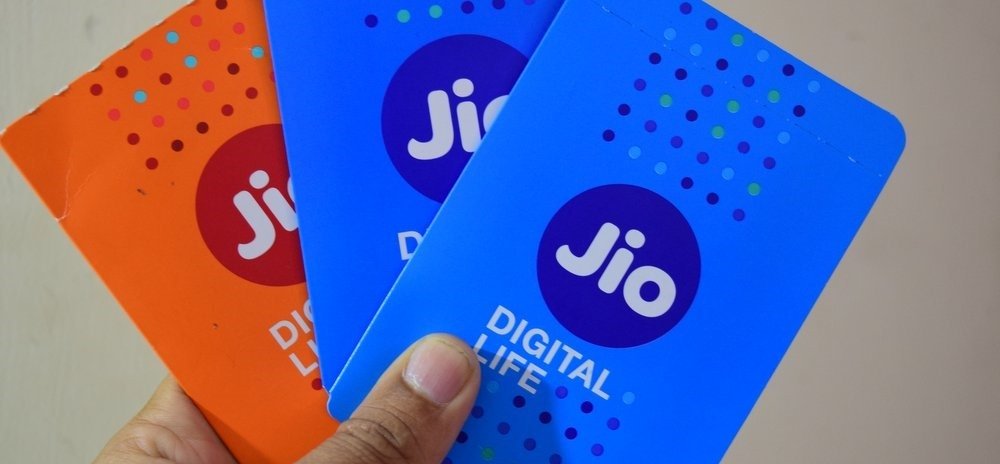
Starting a conversation with the people of India
Industry
Telecomms
What I did
Verbal Identity, Copywriting, Messaging
01 - THE CHALLENGE
Work with AKQA on their newest and largest client, Jio, an Indian telecoms company with over 443.2 million users to build the new Design System MyJio. The platform would be the main source of truth about Jio’s products and be a resource for a community of hundreds of Jio’s employees. Alongside this project, I was also asked to help define Jio’s tone of voice.
02 - THE OPPORTUNITY
Not only did the new design system need to inspire, surprise, and delight Jio’s employees, it also needed to clearly onboard, inform, and educate them. For the tone of voice, Jio needed a voice that would welcome, engage, and convert its customers throughout their journey.
03 - THE PROCESS
Working with a large product team made up of several engineers and designers, I set out to immerse myself in the Jio brand, its customers, and the challenges it faced as a company.
Jio had the opportunity to nurture and connect with 443 million customers in India, and offered a whole ecosystem of products. But the data showed that customers were suspicious and hesitant; they didn’t trust Jio as a brand. And customers who were on a Jio plan were not being nurtured as much as they should be, but were instead being left in the dark about their query.
Our UXD team worked to determine an approach, proceeding with a discovery phase through different research methods to understand the problems. We looked at existing customer journeys, benchmarking for other design systems like Material.io, employee testimonials, and website traffic. Our goal was to identify any signs of employee (and customer) frustrations.
We also discovered that there are 12 different scripts in India, from Hindu to Bengali and Punjabi to Urdu. Everything needed to be accounted for in the content production phase.
We quickly discovered key insights into customers’ and users’ mental models, which would influence the iterative changes we would need to make. Research themes started to present themselves and we started to see where the opportunities were to create a better experience for our users.
04 - THE solution
Design System
We needed to prioritise a scalable design system, so gathered an agile team of UX designers, engineers, two UX writers and a product manager to kickstart the process. We started by creating an external language system and a familiar, highly consistent design system to help employees understand and use over 30 of Jio’s products. We needed to prioritise a design system was imperative to Jio’s product scalability. We started by creating an external language system and a familiar, highly consistent design system to help employees understand and use over 30 of Jio’s products.
Like most successful design systems, we set up a base structure with simple design templates that includes: Typography, Colors, Iconography, Components, Imagery, Spacing, Content Structure, etc. These pages would also need to be translated into 12 different Indian scripts, so the language had to be simple and readable.
Due to the tremendous market size of Jio we wanted to create a completely new user experience. We developed a modular and intuitive content structure to maintain consistency across the pages. Each page is functional and content-rich, with contextual support for all components and elements.
04 - THE solution
Brand Voice
During the research phase, I had discovered a few things about Indian culture, but one stood out:
Showing off and having an air of competitive bravado is seen as positive by families and friends. Everyone wants to feel like they are getting ahead.
This insight led to the exploration of humour and warmth throughout the design system pages, as well as the JioPay customer comms. Phrases like “Did you know that you can recharge faster with...”, or “You’ve recharged, now you’re moving faster than ever...” performed well, as did Indian English expressions like, “We’ve sweetened the pot”, and “Jio welcomes you.”
Working with my strategic partner to define Jio’s verbal identity, we landed on a tone that was caring, warm, inspiring and inviting – with a touch of wit. Indian culture is warm and inviting, with families giving an incredibly warm reception to total strangers, which was something we wanted to emulate. We developed an internal framework to help simplify and differentiate each stage of the customer journey, and a tone that flexed depending on where the customer is at in their contract.






